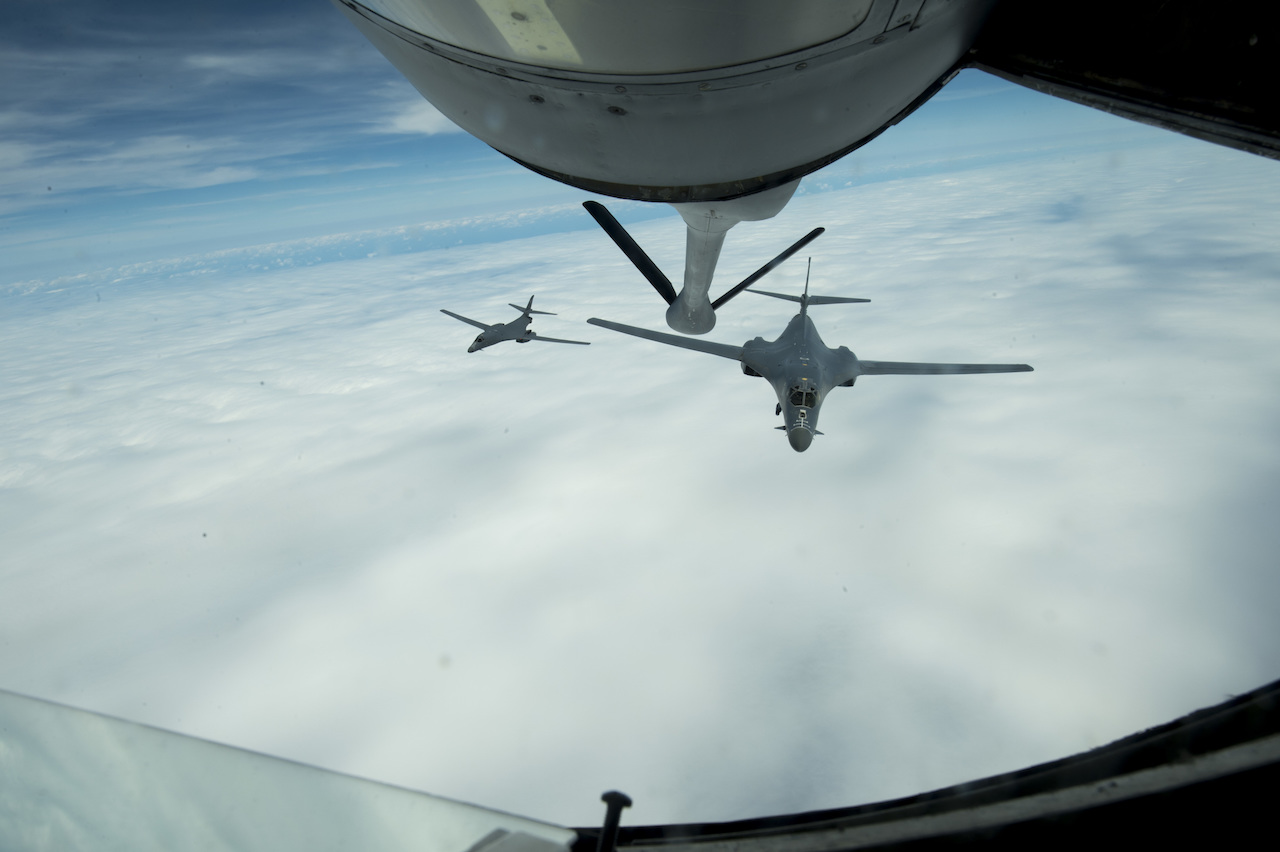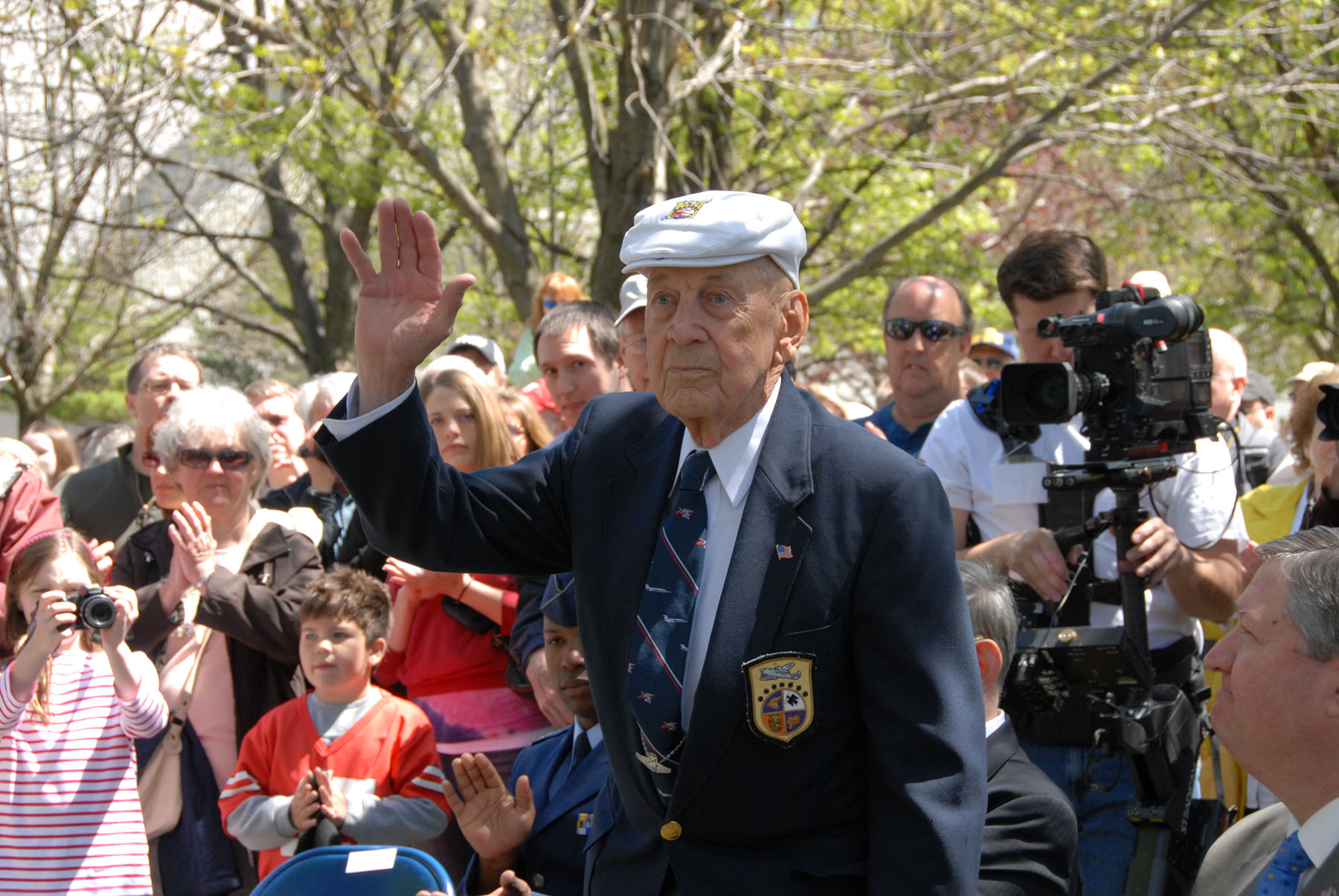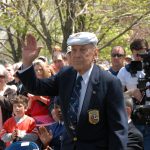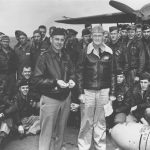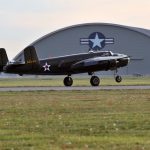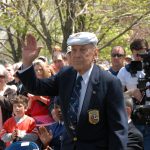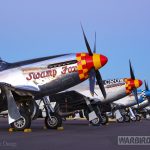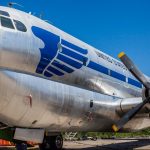
Two B-1 bombers from the 34th and 37th Bomb Squadrons at Ellsworth Air Force Base, South Dakota, will participate in a high-speed flyover at the National Museum of the U.S. Air Force exactly 75 years after aircrews from these same squadrons helped launch the Doolittle Tokyo Raid. Plans call for the B-1 flyover to take place on April 18 at approximately 3:15 p.m. at the conclusion of the Doolittle Tokyo Raiders’ memorial service in the museum’s Memorial Park (weather dependent). The flyover will offer visitors a unique opportunity to witness the speed and power of two variable-sweep wing supersonic bombers as they fly by at a speed of 0.9 Mach and then ascend into an unrestricted climb.Although the 34th and 37th Bomb Squadrons have gone on to fly a variety of aircraft since the Doolittle Tokyo Raid (B-26, B-58, B-66, B-52 and B-1), and transitioned to other commands (they now fall under the command of the 28th Operations Group) – the Raid remains the very cornerstone of their heritage, said 28th Operations Group Commander Col. John Martin.
“We have the proud honor and distinct privilege of being Raider posterity – which includes Jimmy Doolittle’s ‘own’ 34th and 37th Bomb Squadrons,” said Martin. “Our heritage clearly defines us, motivates us and propels us forward against today’s threats. The B-1 “Bone” continues to provide critical around-the-clock long range strike to combatant commanders throughout the world.”
Prior to the memorial service and B-1 flyover, 17 privately-owned B-25 Mitchell bombers from around the country are scheduled to land on the runway behind the museum on April 17, and be placed on static display from 10 a.m. until 4:30 p.m. The aircraft will remain available for public view on April 18 from 9 a.m. until 12 p.m., before departing for a flyover prior to the start of a memorial service in the museum’s Memorial Park at approximately 2:15 p.m. These events are free and open to the public. (Note: All outdoor events are weather dependent, and those near the museum and surrounding communities may experience the sights and sounds of increased aerial activity. The memorial service will still take place indoors in the event of inclement weather.)
On the evening of April 18, the Air Force Museum Foundation’s Living History Film Series presented by Mr. W. Craig Willan, will feature “Doolittle’s Raiders: The Final Toast,” in the Air Force Museum Theatre at 6:30 p.m. The event will be opened by Lt. Col. Richard “Dick” E. Cole and following the film screening, two of the Raiders’ children – Cindy Cole Chal and Jim Bower – will share stories and insight and conduct a question and answer session with the audience. Tickets for this event have been sold-out.
In addition, the Air Force Museum Store will host several authors including Stan Cohen (“Destination Tokyo”); Frank Goldstein (“The Last Reunion: A Salute to The Jimmy Doolittle Tokyo Raiders”); Dennis Okerstrom (“Dick Cole’s War: Doolittle Raider, Hump Pilot, Air Commando”); and James Scott “Target Tokyo,” who will be available to sign copies of their books. The store will also have commemorative merchandise available to purchase. (Federal endorsement is not implied.) Further information on the entire event schedule, along with photos and videos of past Raider events at the museum is available at: http://www.nationalmuseum.af.mil/Upcoming/DoolittleTokyoRaid75thAnniversary.aspx.
On April 18, 1942, 80 men achieved the unimaginable when they took off from an aircraft carrier on a top secret mission to bomb Japan. These men, led by Lt. Col. James H. “Jimmy” Doolittle, came to be known as the Doolittle Tokyo Raiders. Only one of the Raiders survives today – Lt. Col. Richard “Dick” E. Cole – who served as Doolittle’s co-pilot on Crew No. 1. Cole, now 101 years old, plans to be at the museum to commemorate the anniversary and will privately honor fellow Raider Staff Sgt. David Thatcher, who passed away last year.
Each year since the end of World War II, with the exception of 1951, the Doolittle Raiders held an annual reunion. The museum had the privilege of hosting the Raiders in April 1965 (23rd), 1999 (57th), 2006 (64th), 2010 (68th) and 2012 (70th), before Cole, Thatcher and Lt. Col. Ed Saylor had a final toast to their fallen comrades on Nov. 9, 2013. On April 18, 2015, Cole and Thatcher returned to the museum and were presented with the Congressional Gold Medal, which is now on display as part the Doolittle Tokyo Raiders exhibit in the museum’s WWII Gallery.
The National Museum of the U.S. Air Force, located at Wright-Patterson Air Force Base near Dayton, Ohio, is the world’s largest military aviation museum. With free admission and parking, the museum features more than 360 aerospace vehicles and missiles and thousands of artifacts amid more than 19 acres of indoor exhibit space. Each year about one million visitors from around the world come to the museum. For more information, visit www.nationalmuseum.af.mil.
The theatre and store are operated by the Air Force Museum Foundation, Inc., a Section 501(c)(3) private, non-profit organization that assists the Air Force in the development and expansion of the facilities of the National Museum of the United States Air Force. For more information on the Air Force Museum Foundation, visit www.airforcemuseum.com. The Air Force Museum Foundation is not part of the Department of Defense or any of its components and it has no governmental status.








